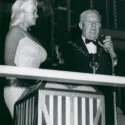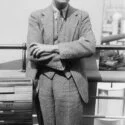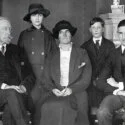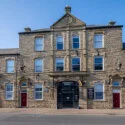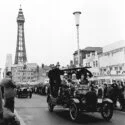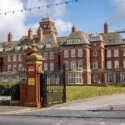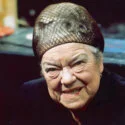Elmslie Girls School, founded in 1918 by three sisters—Elizabeth, Polly, and Peggie Brodie—was an institution that stood out not only for its academic success but also for its distinctive atmosphere and strong sense of community. Located on Whitegate Drive in a large, detached house, the school served as a nurturing environment for girls, offering them opportunities to excel in various fields, including competitive sports, music, science, and the arts. Elmslie Girls School, which was an all-girls school for the majority of its history, did admit boys at the preschool or early years level. The school was known for providing an environment focused on academic excellence and extracurricular activities for girls, but its early childhood program was not gender-exclusive. This arrangement allowed boys to attend in the preschool section, but once students reached the primary and secondary levels, the school became an all-girls institution. The absence of boys in this all-girls setting was a defining feature, as it allowed the students to focus more on their studies and extracurricular activities without distractions. The sense of camaraderie among the students was heightened by this all-female environment, which fostered a strong bond between them. Girls were encouraged to work hard and support each other, and this collective spirit contributed to the school’s overall success. The emphasis on discipline, academic excellence, and well-rounded development made it a place where many students thrived.
The school’s uniform was a notable symbol of its identity, consisting of a deep purple blazer with gold trim, paired with a purple felt hat with a taffeta band. The hat was decorated with a distinctive badge featuring the Red Rose of Lancashire and the crossed keys of St. Peter, topped with a bishop’s mitre. This uniform became a source of pride for the students, serving as a reminder of their affiliation with the school and its long-standing tradition of excellence. Paula Yates, who attended Elmslie until she was 16, was one of the students who benefited from this environment. After leaving the school, she moved to London, where she eventually met Bob Geldof. The two became famous not only for their individual careers but also for their partnership and family life. Yates’ time at Elmslie was formative, and although her career took a different path from most of her peers, she carried the sense of determination and ambition nurtured at the school throughout her life. Susan Varley, who is best known for her book ‘Badger’s Parting Gifts‘, also attended Elmslie Girls School as well as Baines Primary.
Elmslie Girls School, which started with only 11 students in 1918, grew to become a respected institution but eventually closed its doors in 2000. Despite its closure, the school remains a significant part of Paula Yates’ early years, influencing her personality and later public image. The legacy of Elmslie, with its emphasis on girls’ empowerment and academic success, remains an important chapter in the history of British education for women.
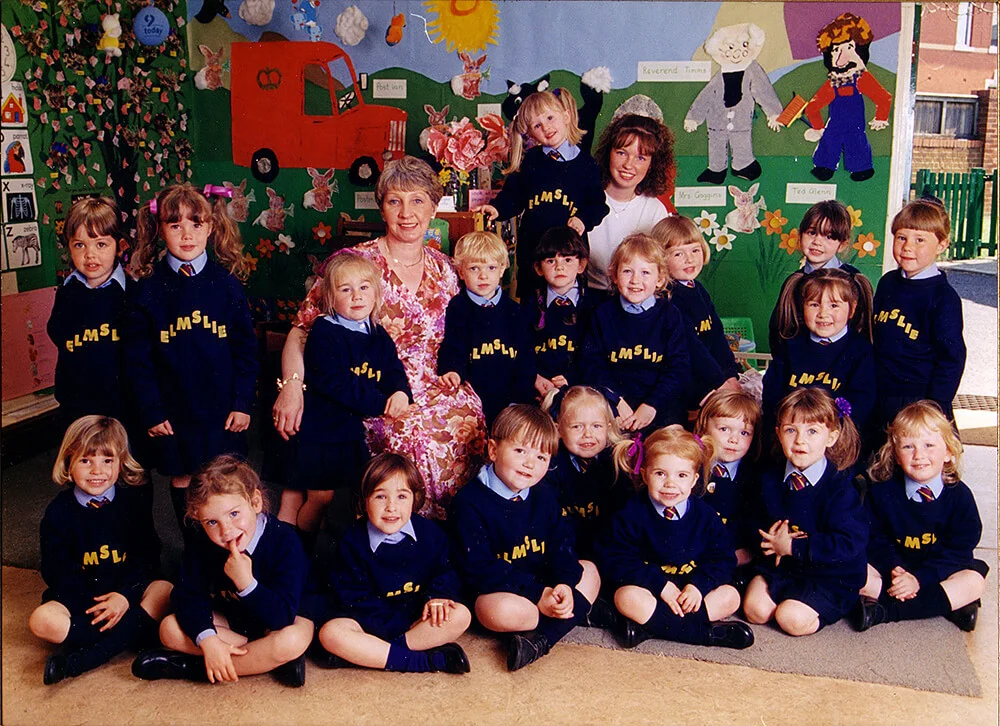
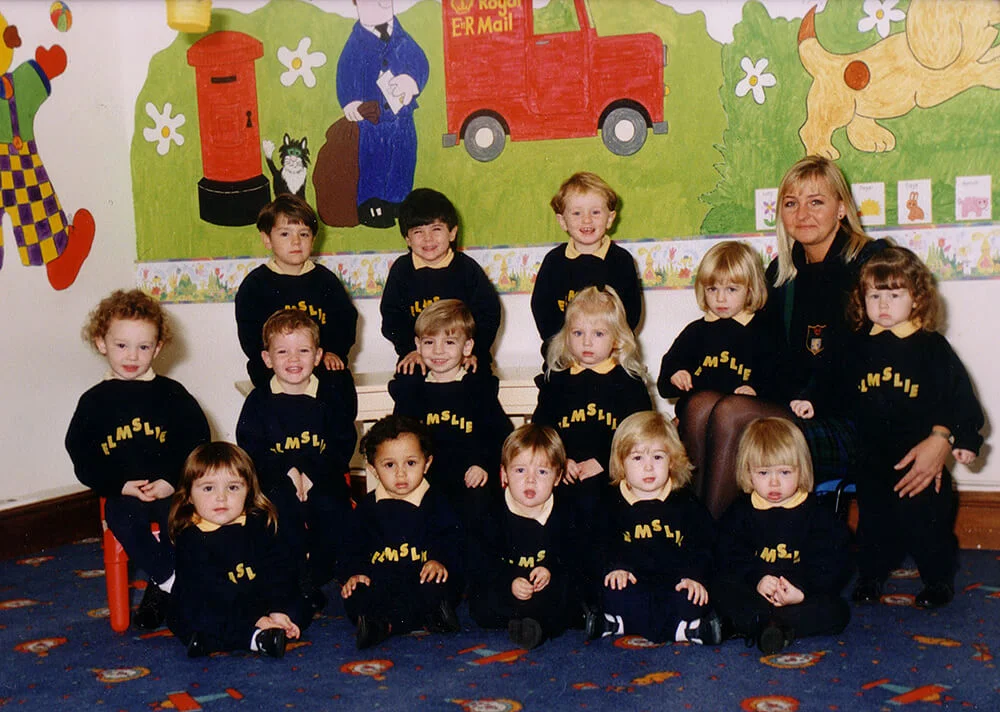 For a time Elmslie also allowed boys to attend their nursery, which would have helped the school raise badly needed funds. Unfortunately, it wasn’t enough to keep the school going.
For a time Elmslie also allowed boys to attend their nursery, which would have helped the school raise badly needed funds. Unfortunately, it wasn’t enough to keep the school going.
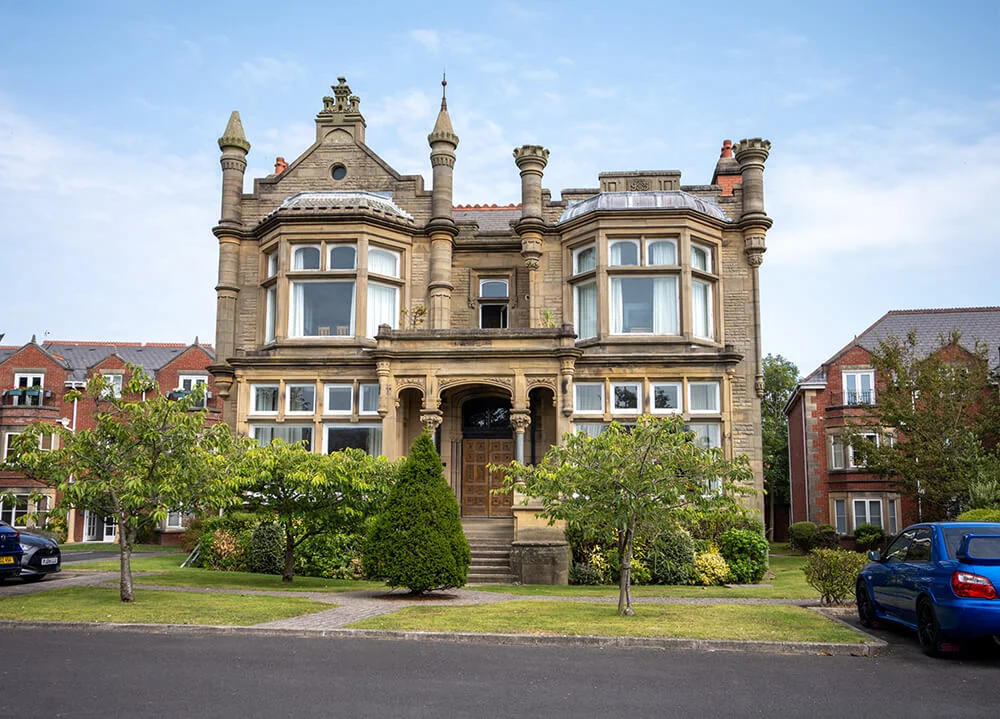
This building was the school’s main focal point, used largely for admin and management. It remains unchanged to this day, which is evidenced by this image taken in 2024.
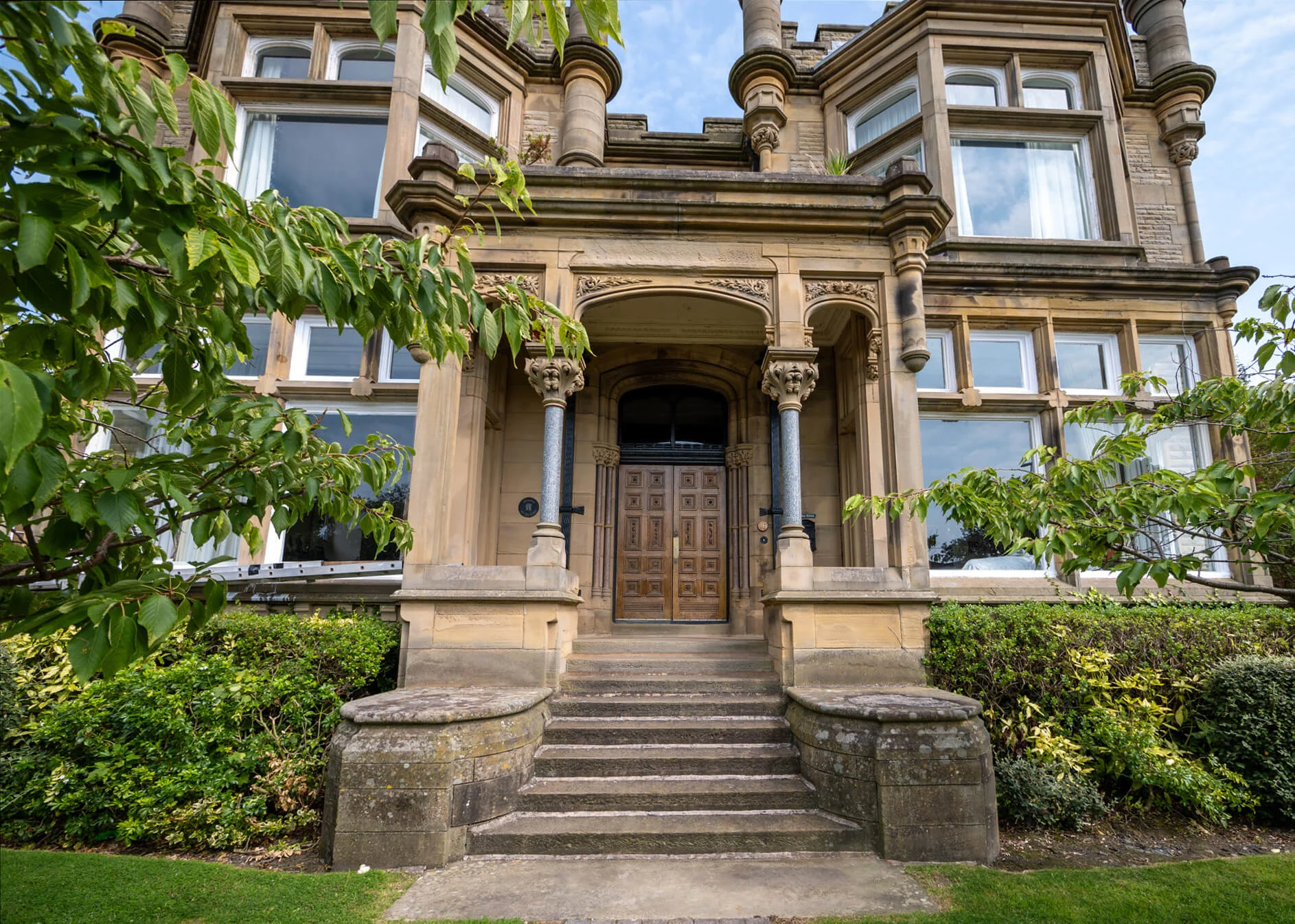
Featured Image © Deeper Blue Marketing & Design Ltd
Images by © Deeper Blue Marketing & Design Ltd


